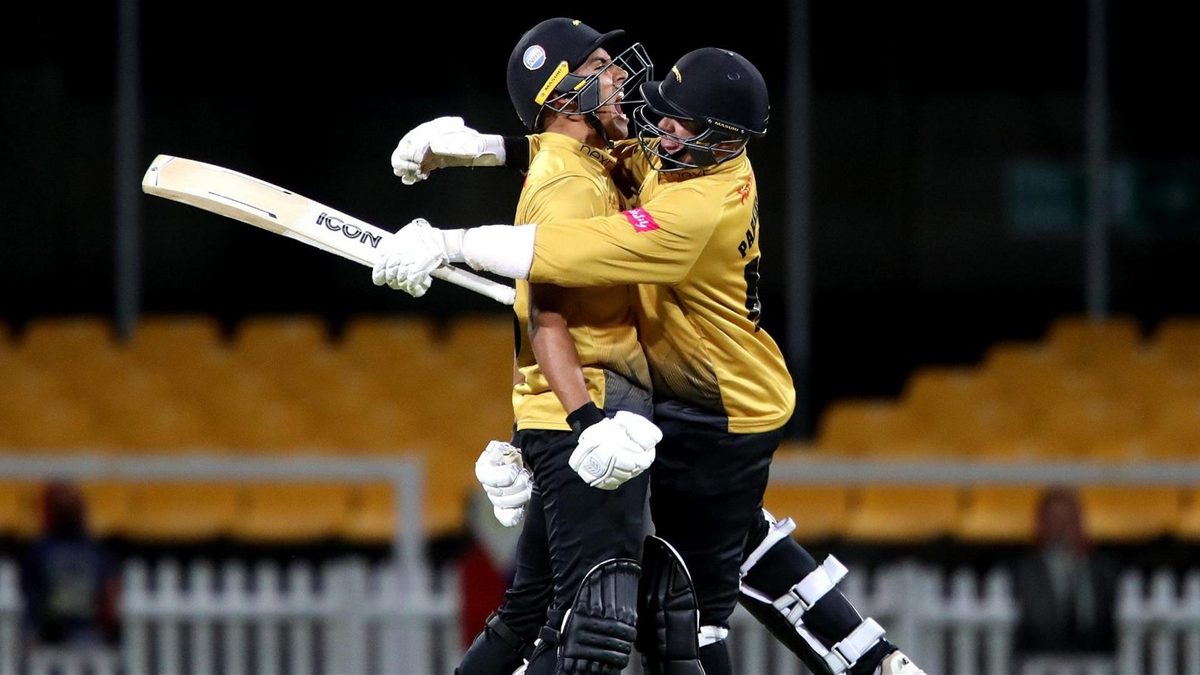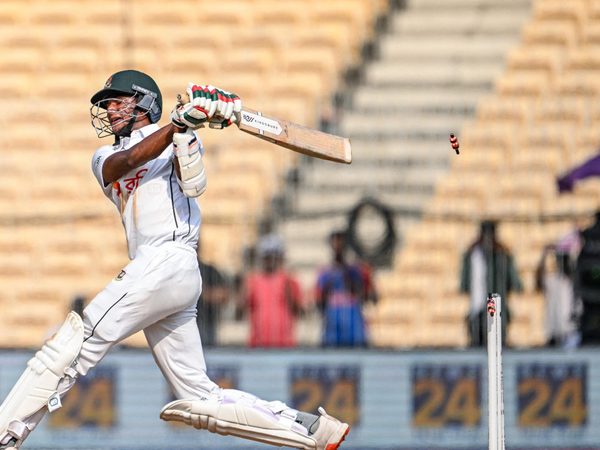
Ben Gardner argues that a thrilling conclusion to the T20 Blast group stages would have made prime TV viewing, if only someone would give it a chance.
Following the T20 Blast can, in the words of one prominent T20 analyst, feel like a full-time job. 18 teams play 144 games over a short period. Start times can vary by frustratingly small amounts, with some games starting at 6:30pm and others 15 minutes later. Just as you’re getting into the swing of it, a County Championship game inserts itself. An overseas player comes for three games and goes just as you’re getting invested. These are criticisms which come from a place of fondness, of seeing a day’s play like today’s and knowing how good it can be, but also understanding how much you have to put in, as a fan, to get the enjoyment.
The Blast’s Finals Day is already enshrined as one of the highlights of the calendar, but the distance between that and the group stages can make it feel like an isolated event, rather than the culmination of a campaign. If you asked the thousands that throng Edgbaston for the annual party who the beaten quarter-finalists were, you wonder how many could answer. But, far from being mediocre, the Blast is a gem just in need of some polishing.
The switch to three groups has certainly been an improvement, shortening the group stage to 90 games, while the step-change in streaming quality across all counties means that watching your preferred game is almost always possible, and a joy rather than a chore; there might not be a sport less suited to the single camera set-up than T20 cricket, with sixes and dismissals indistinguishable in the instant they come off the bat.
But you can’t help but think there is more that can be done to join up all the streams and make following all the games at once simple and easy. The other advantage of having three groups of six is that it allows for a final day bonanza, with all teams in action, and everything to play for and there was enough on the line to make you wonder what it would it look like were it covered like the denouement of a Premier League season, Gillette Soccer Saturday style.
Imagine: The Wickets Show, on Sky, the BBC, or even streamed on YouTube. Isa Guha helming the coverage in a plush studio, Jimmy in a turtleneck, Vaughan in his Nikes, lounging on sofas so the kids know it’s cool. Maybe Chris Hughes from Love Island or Harry Judd from McFly could give you the layman’s take. When the action heats up, you go to the reporters on the ground. “We’ve got a wicket at the Ageas, but for who, Liam Dawson?”
“Er actually it’s four wickets in four balls Isa, Afridi’s on fire!” Then you insert the clip of Shaheen splattering stumps from the county live-stream – all by this point high enough in quality to not overly denigrate a 50-inch TV screen for a few seconds – and you come back to the studio, ready to see what’s happening elsewhere.
With four teams at various points looking like snatching the last two knockout spots, only for a frankly absurd series of comebacks to change everything in an insight, it would have made for compelling viewing. It would have hooked people onto cricket, if only they had known it was happening.
Granted, the final round of fixtures – as dramatic and action-packed as anything we’ve seen this summer – might not always be quite this good. But nine games does present a lot of opportunity for intrigue, and you would be surprised if at least a couple of games didn’t go to the wire, and there’s no reason why a similar format couldn’t be employed for the simultaneous quarters too.
One of the biggest questions over the launch of The Hundred is how it will affect English cricket’s other short-form competition. But maybe by putting the spotlight on county cricket’s showpiece for three days of the year, more of the theoretical uptick in interest in cricket can trickle down to the likes of Leicestershire and Glamorgan. The product is good. All it needs is a little love.








